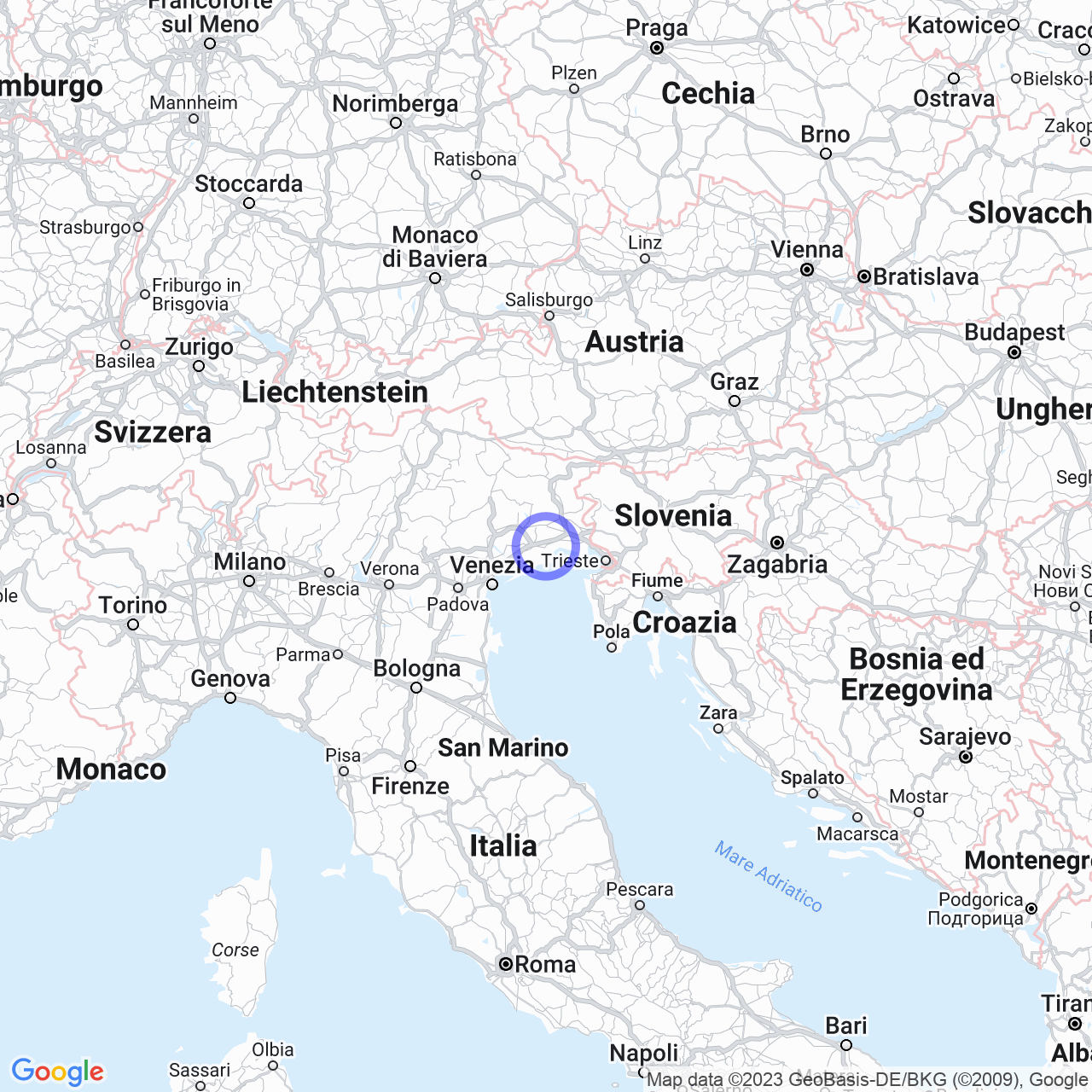Latisana
Discovering Latisana
Hello friends! Today we'll talk about Latisana, an Italian town in the Friuli-Venezia Giulia region. I'll tell you about the town's geographical features, its history, and the activities you can enjoy when visiting this beautiful area!
Physical geography
Located in the Veneto-Friulian low plain, Latisana lies on the left bank of the river Tagliamento, and is part of the historical-geographical region of the Bassa Friulana. The border with Veneto is largely formed by the river Tagliamento to the west. To the south, the town is surrounded by the navigable canal called the Venetian Coast Hydrovia, which separates it from the famous tourist resort of Lignano Sabbiadoro. The south-eastern area overlooks the beautiful Marano lagoon, where you can admire the wetlands of the Valle Pantani. Latisana also has Isola Picchi, a small exclave that belongs to Veneto.
The territory of Latisana is flat and very suitable for agriculture. Wooded areas survive in the flood areas of the Tagliamento River, above the embankments. The municipal territory varies from 0 to 12 meters above sea level, and the climate is of E type, characterized by hot summers and humid winters.

History
Latisana's history dates back to prehistoric times, as evidenced by the discovery of Neolithic human remains in the nearby town of Palazzolo dello Stella. Despite this, there is no conclusive data on the Roman origin of Latisana, but it is referred to in a diary from 333, the Itinerarium Burdigalense, written by a pilgrim who noted all the pass-through locations and related distances in Roman miles during his journey to Jerusalem. Along the ancient Annia road between Concordia Sagittaria and Aquileia, he indicated the presence of the mutatio (horse exchange station and traveler's shelter) of Apicilia, 9 miles (13.28 km) from Concordia. It is assumed this location was at the end of via Trieste, where the aqueduct tower now stands.
During the Middle Ages, Latisana was subjugated to the power of Aquileia, and later to that of the Patriarchs of Aquileia. In the course of the fourteenth century, it became a free city and acquired significant economic and political power.
Activities and entertainment
Now that we've talked about Latisana's history, here are some activities you can enjoy when visiting the town!
Latisana is the perfect starting point for a boat trip along the Tagliamento River. You can admire the beauty of the river's flora and fauna in a unique landscape. You can also take a hike or bike ride along the river's embankments.
In addition to being a starting point for river excursions, Latisana is also an ideal place to enjoy typical Friulian cuisine. The town offers many restaurants and trattorias where you can taste dishes such as frico (a kind of cheese omelette), gnocchi di susine (gnocchi with plums), jota (a soup made of beans and black cabbage), and many other local specialties.
Furthermore, Latisana is famous for its Carnival, a very lively and colorful festival held in February that attracts many visitors every year. During Carnival, the streets of the town are filled with happy masks and festive floats.
Conclusion
In conclusion, Latisana is a town full of history and culture, but also entertainment and outdoor activities. If you decide to visit this town, I recommend considering the excursions along the Tagliamento River and trying the typical local cuisine. Finally, don't forget to participate in Carnival to experience the liveliest atmosphere of the town. Bye!
